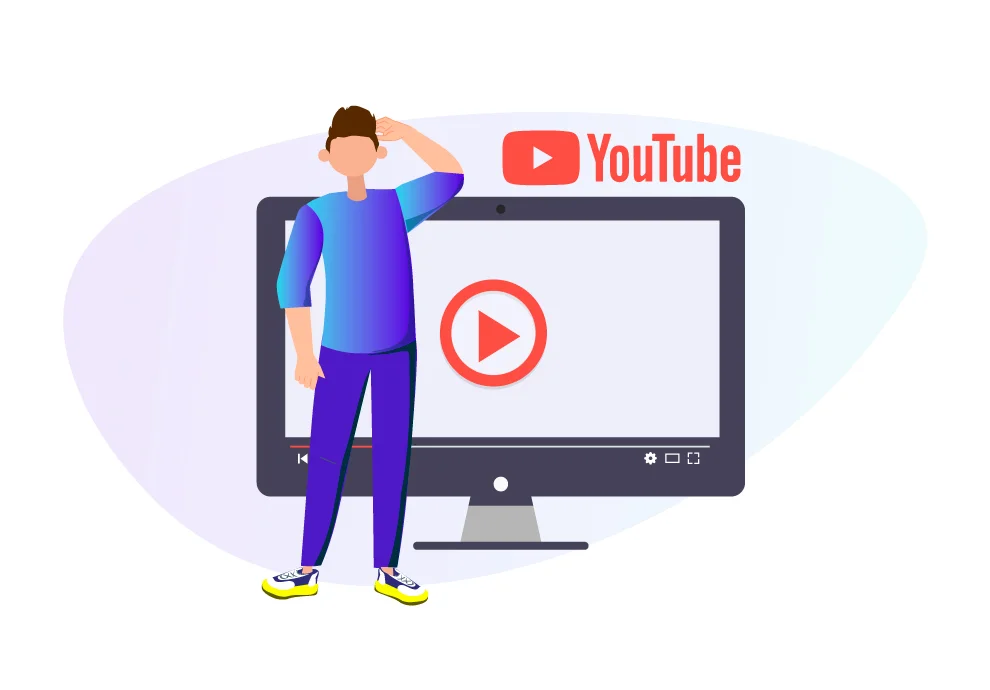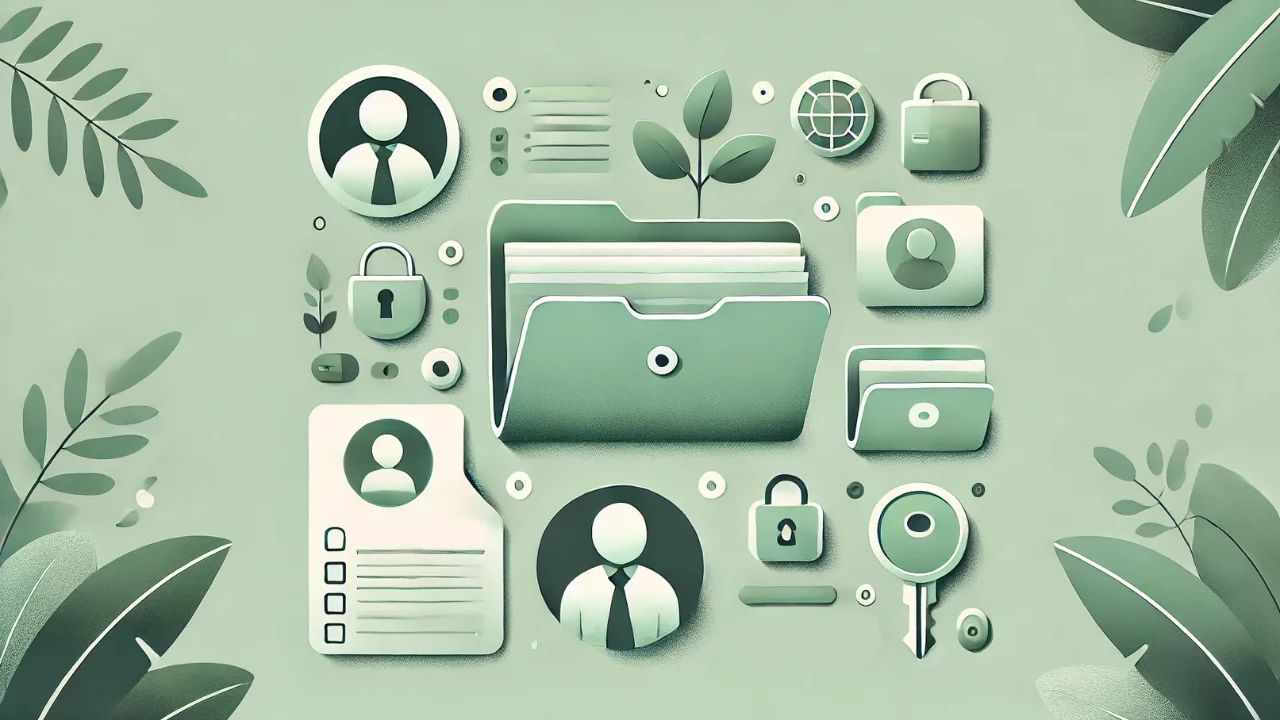YouTube is a perfect platform for promoting a business and developing a personal brand. However, it is rather challenging to build a loyal audience quickly because of tough competition with other content creators. What can be your long-term goals, and how to avoid mistakes when developing a YouTube channel? Learn the answers to these questions in our article.
1. Create qualitative video content
After you have set up your account, it is time to upload your first video. Don’t be in a rush to upload it as soon as you finish editing, and wait for a couple more days to examine the post again for any rough edges with a fresh eye and also check the acceptable YouTube video size. You can share this video with people who work in marketing or video production. Even if you have vast experience in content production, additional feedback can still be pretty helpful.
As your content will always face competition from other content makers, be sure to check the videos other authors are posting. By watching their videos, you can learn some new techniques, or, otherwise, you will realize what approaches they are using in their videos should be avoided in your works.
Bear in mind that in 2021 making qualitative visual content is more affordable than a couple of years ago. Find a good camera within your budget, or start making videos using your phone. In any case, use a tripod or a Steadicam. Avoid filming using hands: for many, it will be a sign of an unprofessional approach. Of course, if you specialize in action videos and use GoPro, a shaking camera will only add to the overall feel of the production set.
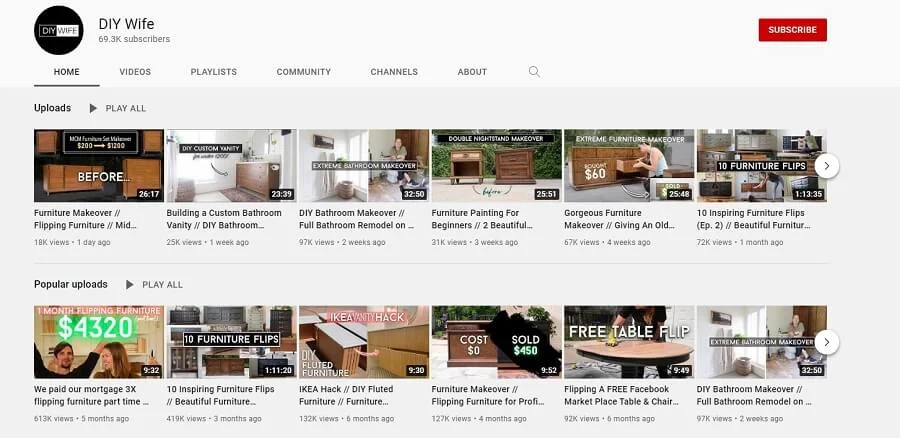
2. Make a list of keywords
A professional running of your YouTube channel implies a good understanding of your target audience. In other words, you need to know what people want to see. To do it, determine your core audience with one or two main core requests. For this purpose, you can use a free tool such as Google Ads or a partially free one as KeywordTool. Keywords are helpful in:
- file names;
- video titles;
- video descriptions.
Hashtags in the description are not required on YouTube as they have almost no effect on video discovery. They can only be helpful if the term you are using is commonly misspelled.
Remember that the first line from the description will appear in search request results on YouTube. Make sure to make this line as catchy as possible.
3. Add a visually appealing thumbnail
After a long process of video editing, you barely have the energy to create an attractive thumbnail. However, it is a must to add a catchy preview for your videos — it will help catch viewers’ attention and make you stand out among competitors. You don’t have to create it from scratch in a professional graphic editor. You can use a free template from Canva – you just need to replace photos and text and add brand colors.
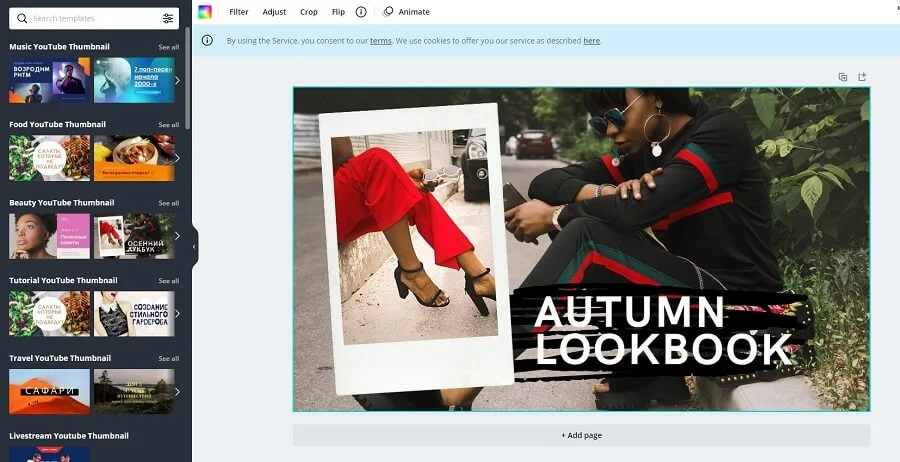
4. Use timestamps
If you upload at least a 5-min video, try to use timestamps. Some users might not want to watch the whole video, but they want to find an answer to a particular question. By using chapters with their respective names, you help viewers quickly find the required information. The happier your audience is, the more likely it is to come back to watch your new videos in the future.
5. Record a talking head
Not everyone is comfortable saying the text in front of the camera. It will take some time to develop this skill. But it is necessary to remember that people, due to their nature, generally like to see the speaker. Even if the person is not very comfortable in front of the camera, viewers will appreciate seeing real emotions. If you are good at talking in front of the camera, make sure to use this skill when filming videos on any topic.
Avoid reading from a teleprompter if you are not a professional speaker. When an amateur speaker reads from a screen, they tend to get a glassy stare, and the intonation becomes monotonous. It is recommendable to film in smaller chunks during which you will be naturally saying the text you have previously learned by heart.
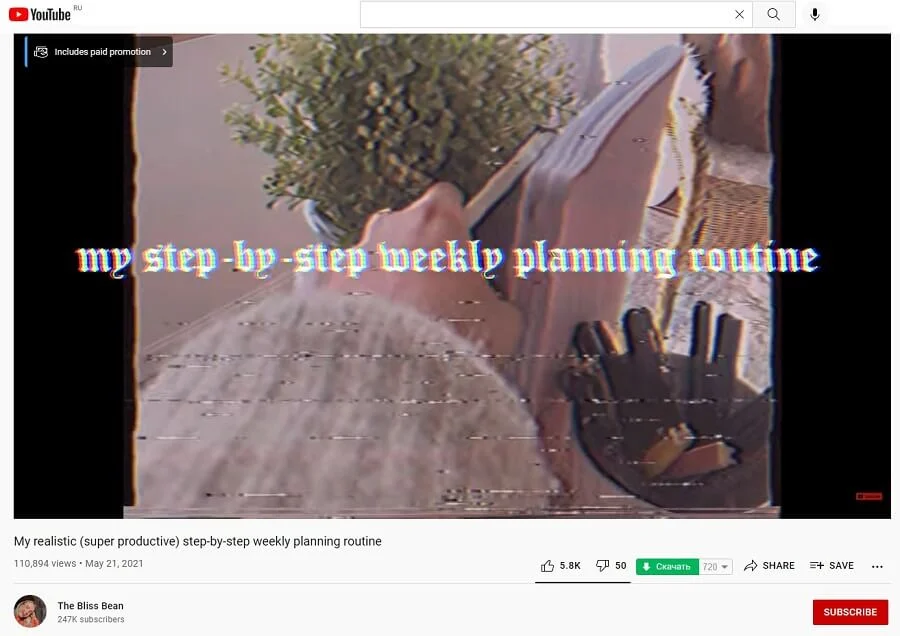
6. Prompt your audience
It is always a good idea to remind your audience about likes, subscriptions, and sharing. It is also vital to let them know about other social media accounts on other platforms. In longer videos (more than 20 minutes), you can organically add a speech that prompts your viewers to be active.
In a couple of videos, you can start a dialogue with your viewers. For example, ask them questions as the plot develops. Some viewers from the audience are likely to leave comments immediately detected by the YouTube algorithm.
7. Take the YouTube algorithm into consideration
Like any other social network, YouTube has an algorithm that determines what videos to show to each user. The social network has video suggestions in three sections:
- On the main page;
- In search results;
- In the automatic playlist.
Consequently, there are different ways to be seen by new audiences. On the main page, the YouTube algorithm follows these indicators:
- personalized recommendations based on previous views of the user;
- video statistics: number of views and view duration, number of likes, etc.
Generally speaking, whether the video will appear on the users’ main page on YouTube depends on the quality of the content. If first users like the video, YouTube is going to show it to more users.
SEO plays a key role when it comes to showing the video on top of the search results on YouTube. It will be helpful if the video title corresponds to the search request. However, bear in mind that there can already be published videos with the same name. If the top 10 search results have identical titles, it will be hard to engage the viewers.
For example, if the search request goes “how to set up gearing on a bicycle,” all the search results will have similar titles. To stand out among competitors, you can call your video “5 typical mistakes when setting up gearing on a bicycle.” Also, it will be logical to use a precise key phrase in the video description.
There are a couple of reasons videos get to the automatic YouTube playlist:
- videos that are often watched together;
- videos that have been previously viewed;
- Videos that cover similar topics.
Any creator of a YouTube channel, in this case, should consider the popularity of their videos. To promote your channel, for example, you can make a sequel to your most popular video. It can be filmed immediately after the first one, or in a couple of months when the maximum number of people have watched the original video. Another option is to make a series of videos devoted to the same topic and in every new video mention the previous ones.
The rules of running a YouTube channel are pretty simple. It is vital to have a routine, be responsible, and be capable of objectively evaluating your work. It will allow you to create quality content that stands out amongst your competitors. In the long term, it is crucial to analyze the audiences’ response and correctly implement SEO.
